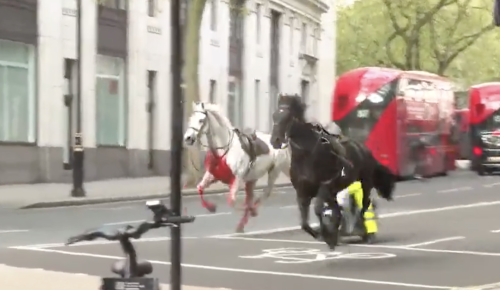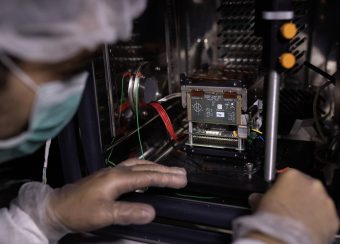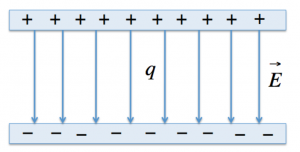Un articolo di Eva Frederick (“Ancient people may have used pig fat to build Stonehenge“), pubblicato su Science il 15 luglio 2019, presenta l’ipotesi che i costruttori del monumento megalitico di Stonehenge abbiano utilizzato grasso di maiale per lubrificare le slitte utilizzate per spostare gli enormi blocchi di pietra. L’autrice fa a sua volta riferimento a un articolo di Lisa-Marie Shillito pubblicato online lo stesso giorno dalla Cambridge University Press (“Building Stonehenge? An alternative interpretation of lipid residues in Neolithic Grooved Ware from Durrington Walls“).

Insomma, per farla breve. Gli archeologi hanno rinvenuto lì vicino vasellame della stessa epoca, sporco di strutto all’interno. L’ipotesi prevalente finora era che i recipienti fossero serviti a cuocere il cibo per le affamate maestranze impiegate nell’opera titanica. Se non che le condizioni delle ossa di maiale trovate nel sito non sono compatibili con la cottura in pentola di uno spezzatino, ma con la cottura alla brace su uno spiedo. Il vasellame sarebbe servito a raccogliere il grasso che colava dalle bestie arrostite, in modo da poterlo utilizzare per lubrificare le slitte di legno con cui i monoliti venivano trascinati sul cantiere di costruzione.
A me, originario della bassa padana, la scena commuove. Me li vedo, gli antichi abitanti del luogo, intenti a macellare e mangiare i maiali dopo una giornata di lavoro verosimilmente duro. E rinunciare allo strutto (sottratto al destino di generare lo gnocco fritto) per rendere quel lavoro un po’ meno duro. Del maiale non si butta niente…
Il maiale, negli antichi culti della dea, non aveva la brutta fama che ha ora (non solo tra ebrei e musulmani, dove è animale immondo, ma anche tra i cristiani, dove associarne il nome con dio è blasfemo). Era l’animale sacro della dea della vegetazione: Marija Gimbutas, in The Goddesses and Gods of Old Europe: 6500-3500 BC Myths and Cult Images, gli dedica un capitolo intero, “The pig, the sacred animal of the Goddess of Vegetation”:
The curious connection between the Vegetation Goddess and pigs as known from Classical Greek times goes back to the Neolithic era. Sculptures of pigs are known from all parts of Old Europe and date from every period. In number they equal the representations of dogs, bulls and he-goats. The fast-growing body of a pig will have impressed early agriculturists; its fattening must have been compared to corn growing and ripening, so that its soft fats apparently came to symbolize the earth itself, causing the pig to become a sacred animal probably no later than 6000 BC.
All early Vinča Pregnant Vegetation Goddess wears a pig’s mask, while the sacredness of the pig’s body is indicated by the Cucuteni pig sculptures which have traces of grain impression on them. Grain was impressed on the body of the pig as it was impressed on the body of the Vegetation Goddess. These figurines and the pig masks imply that the pig was a double of the Pregnant Vegetation Goddess and was her sacrificial animal. [p. 211]















.jpg)





